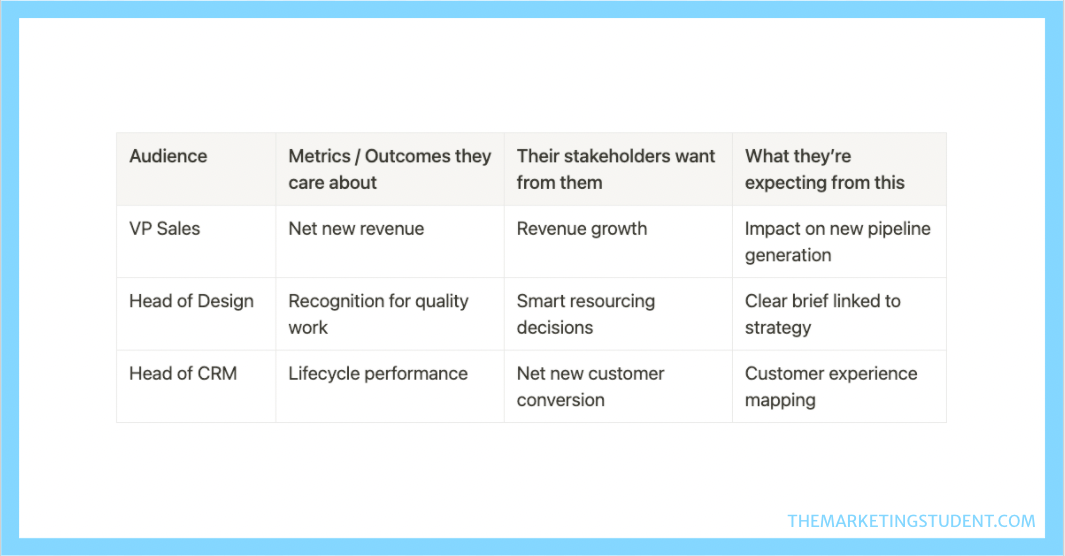The Stakeholder Empathy Exercise

Here's something nobody tells you about switching to a fully remote team:
The amount of writing involved.
Not just the actual time spent typing things up, but all the effort around the act of writing itself.
You know that quote that's like "if I had more time, I would've written you a shorter letter?" I think about this tradeoff daily, especially in a remote & async company like we have at On Deck.
This "pre-writing" prep is extremely important, because in a remote / async team, you rarely have the opportunity to get feedback on idea in real time. There are fewer live meetings: nobody wants to be on Slack or Zoom all day.
The danger if you don't do this, of course, is that you'll create a presentation or a memo that has not been properly calibrated to your audience, and as a result, raises more questions than it aims to answer, or worse – forces you to go back to the beginning because you've made a faulty assumption early in your thinking process.
The Stakeholder Empathy Exercise
One way to avoid wasting time writing a proposal or memo that doesn't land is by forcing yourself to put on the shoes of different people in your audience.
Before you start writing, ask yourself these questions:
- Who are the audiences for this doc (rank them in priority order)
- What metrics/outcomes do they each care about?
- What do their stakeholders want from them?
- What are they expecting/hoping to see from this?
Let's say you're proposing a redesign of your website.
As you lay out your business case, you have to think beyond the impact on the marketing team – and consider how your stakeholders will be affected:

Using this exercise forces you to think through the issue from multiple angles, exposing blind spots, stress-testing your own ideas. All this leads to arriving at a stronger proposal.
More importantly – especially in a remote / async team – this helps you reduce the number of back-and-forths and feedback rounds, because you've already addressed concerns before they even came up.
Even if you're just preparing something for 1 person, I've found that it's still useful to run this exercise.
If you're working remote, and working on something that will be seen by many stakeholders, across many levels, (and across many time zones!) this exercise is going to save you a lot of headaches.
If you use it, let me know what you think.